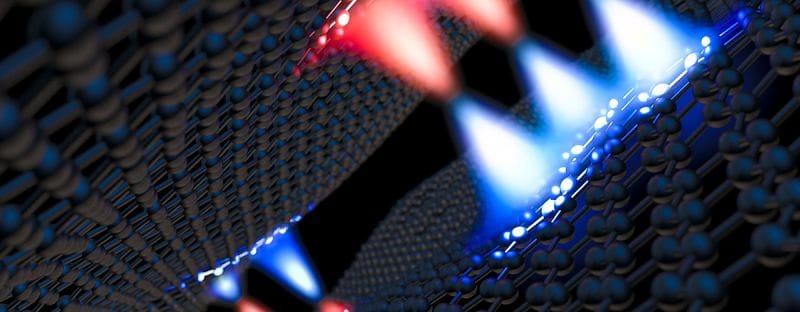RSS feed source: US Energy Information Administration
In-brief analysis
April 8, 2025
In 2023, the United States produced 578 million short tons (MMst) of coal, or less than half of the amount produced in 2008 when U.S. coal production peaked, according to our most recent Annual Coal Report. The production decline is spread almost evenly across each type of coal and continued in 2024. Rising mining costs, increasingly stringent environmental regulations, and competition from other sources of electric power generation have contributed to domestic coal production declines.
The rank of coal depends on the depth at which coal deposits are buried. Deeper coal deposits have experienced more heat and pressure over time, providing those coals with higher heat capacity, higher carbon content, lower moisture, and fewer impurities. When ranked by their carbon content, the highest-ranking coal is anthracite, followed by bituminous, subbituminous, and lignite
Click this link to continue reading the article on the source website.


